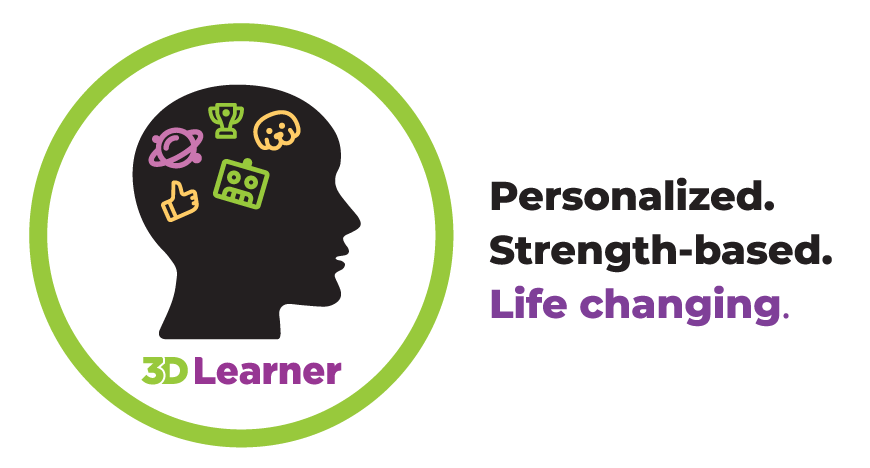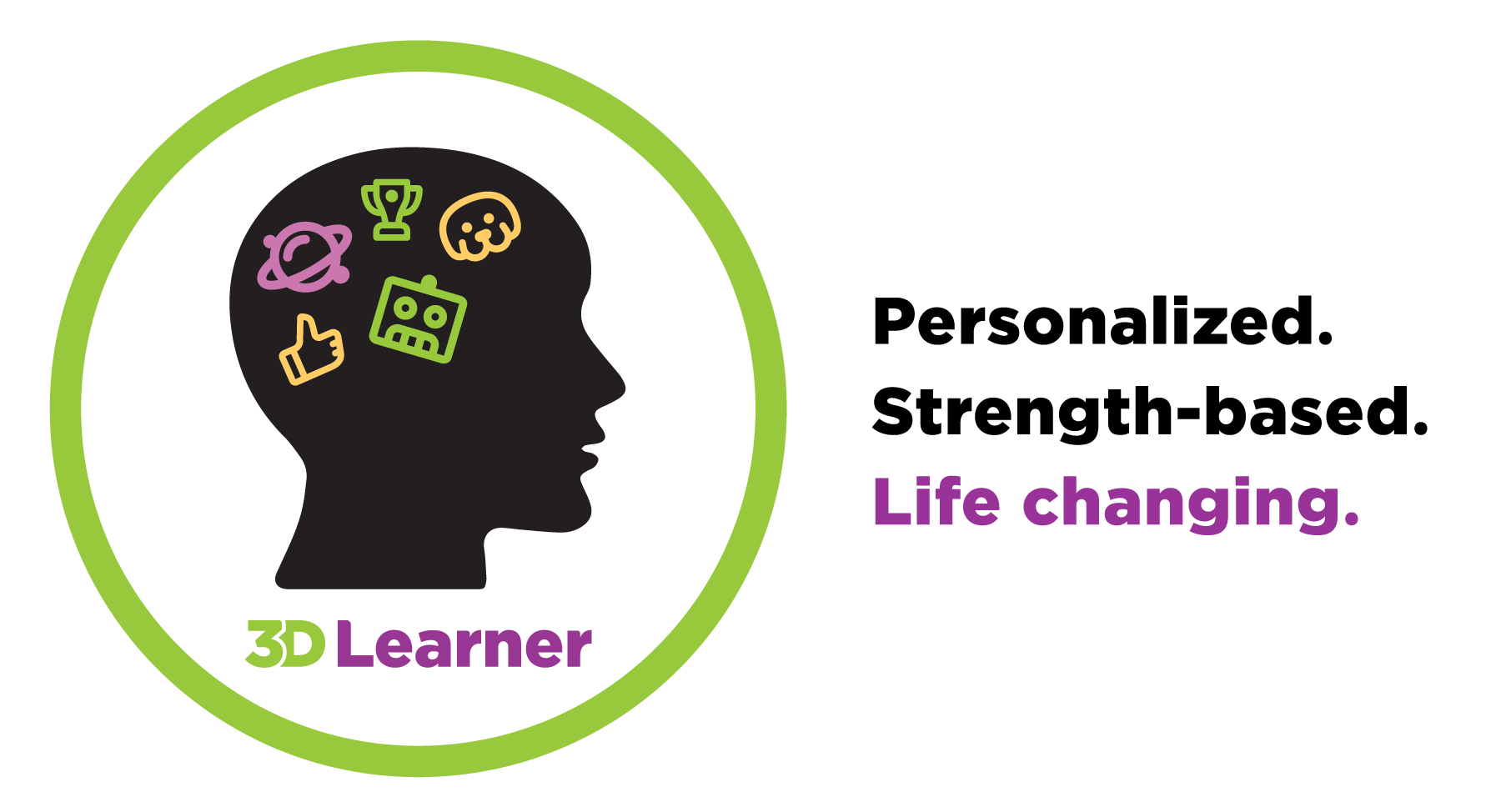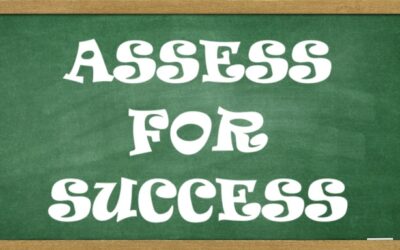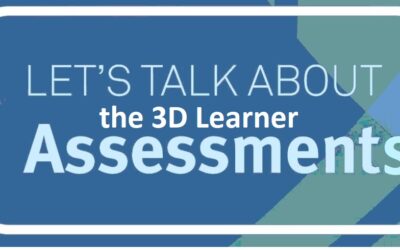Our expertise is with the right brain, visual or kinesthetic learners who often have executive function issues. These students often have visual processing issues, too. That is, they skip words and lines when reading and/or make mistakes when doing math work because of visual challenges.
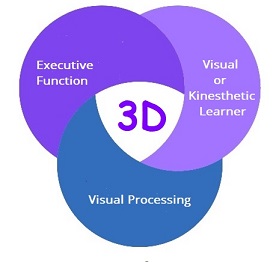
The Visual or Kinesthetic Learner often has Executive Function Issues and
Frequently Has a Visual Processing Issue,
is Often Far Behind and has the
Potential to Make Significant Gains in Months Not Years
As you read this blog post, you may well conclude that your child probably:
- Is a right brain, visual or kinesthetic learner
- Has some combination of executive function (e.g. working memory, processing speed, attention etc..) and/or visual processing issues.
- Is a lot smarter than present results would indicate
If you would like to learn more about how you can make the difference for your child, we are offering four options:
- A no cost “How to Close the Gap conversation” you can have by either calling us at 561-361-7495 or by clicking here to schedule a “How to Close the Gap conversation”
- An assessment special between now and September 30th. Those investing in a Comprehension Assessment will receive – at no cost – the Safe and Sound Protocol Program, a therapeutic service that will help calm your child and yourself
- A set of videos you can view at our 3D Learner YouTube Channel
- Weekly Facebook lives at 9 pm on Tuesday night
This blog post is written for parents of students in grades K to 12. All these students lost precious in-class time, and far too many are much further behind than they otherwise would have been, especially in reading comprehension and math. Some of our students know their math facts, but almost all struggle with math word problems.
Some key points about the recent NAEP Report,
- The NAEP (National Assessment of Educational Progress) scores for reading comprehension and math show a significant decline. Consistent with what we would expect, the struggling learners lost 5 times as much ground as their high performing peers (i.e. the struggling learner on average lost close to 1 year’s learning during the pandemic). As a parent, if you have a child who is struggling with reading comprehension and/or math, we believe it is critical to check with their teacher on your child’s present level of performance for both reading comprehension and math. Note, be careful on reading comprehension. Schools often use reading fluency, how well a student reads out loud instead of reading comprehension. We have seen cases where:
- A fifth grader read on the 5th grade level, but his reading comprehension was at the 1st grade level
- A 10th grader read on the 9th grade level, but his reading comprehension was at the 2nd grade level.
Discrepancies like this are far more common now, with the focus on reading fluency vs reading comprehension. For the kinesthetic learner with executive function and/or visual processing issues, reading comprehension and math word problems are two of the key issues.
NAEP Reading comprehension and math scores were released on September 1st, 2022. NAEP is the biannual National Assessment of Education. The key point to note is that the struggling learners lost 5 times as much as the students in the top 10%. A 10 point drop vs a 2 point drop. This is consistent with what we are seeing for our students who tend to be a kinesthetic learner with executive function issues.
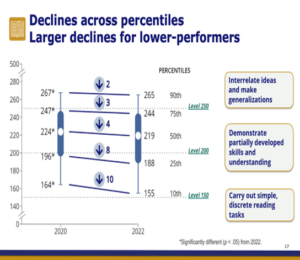
The Kinesthetic Learner with Executive Function Issues Often Struggles More Than Most with Reading Comprehension and Math, Especially Math Word Problems
This is a four part series to transform Stress to Transform Stress to Outrageous Success for the Kinesthetic Learner with Executive Function challenges. The blog posts will focus on 4th graders and above. The reason is they had some of their education prior to school closings, their education was disrupted, and now issues may now be surfacing.
1- Who is the kinesthetic learner and how Executive Function issues are often present. The kinesthetic learner learns best when they see and experience information, have executive function issues (e.g. working memory, processing speed, attention etc.) and they often have visual processing issues. The question are
Is your child a visual or kinesthetic learner?
What is your child’s present level of reading comprehension and math. Note a number of students we have seen this year were doing quite well before COVID but are now both struggling, and many have a negative attitude, especially in math.
What is your child’s school saying
What are the common problems a visual or kinesthetic learner with executive function and/or visual processing issues may have
What would we recommend parents first steps be
2- Assessing for Success for Your Child who may be a Kinesthetic Learner with Executive Function and related issues. Why it is important to:
- Get the right assessment from your child’s school – recognizing the value and limitations of a school-based assessment
- Finding the right outside professional to help you identify how your child learns best and identifying their challenges
- Recognizing the value of the outside assessment comes in the right assessment, recommendations and referral to the right outside professionals
3- Choosing the right professional for your child and you. Student and parenting training the kinesthetic learner with executive function issues are both needed
4- The keys to transform stress to outrageous success during and after training.
The Kinesthetic Learner with Executive Function and Visual Processing Issue
10 Strengths and Challenges Your Child May Have
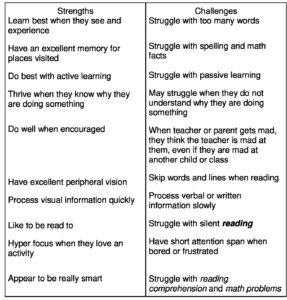
Note, if these characteristics describe your child, they may be a kinesthetic learner with executive function and/or visual processing issues.
Speaking With Your Child’s Teacher or School Official
Five things you might want to ask:
– What is your child’s present level of reading comprehension and if they mention reading fluency, say I want both my child’s present level of reading fluency and reading comprehension
– How is my child doing in math, especially on math word problems
– Where is my child really doing well? Great for speaking with your child
– Where else is my child struggling?
– What is or could be done to help my child?
Note, too often a parent may hear that their child is struggling, but so are many others. We know that schools are overwhelmed with the number of struggling students. Too many will struggle for years to come.
We recommend parents be Informed, Empowered and Proactive Parents to help your child succeed. Specifically, we recommend:
1- Get as much help from your child’s school as possible
2- Assess to see if your child is a kinesthetic learner, and whether they have executive function and/or visual processing issues, looks for other conditions and what is their present level of performance for reading comprehension
3- Partner with professionals who can provide the help your child needs and who can help you to be the coach and advocate your child needs
Note, if your child is a kinesthetic learner with executive function issues, they may be a lot smarter than present results would indicate. Commit to helping your child to be all they can be.
If would like to learn more about how you can make the difference for your child, we are offering four things:
A no cost “How to Close the Gap conversation” you can have
by either calling us at 561-361-7495 or by
clicking here to schedule a “How to Close the Gap conversation”
An assessment special between now and September 30th
where those investing in a Comprehension Assessment will get the
Safe and Sound Protocol
a service that will help calm your child and yourself
A set of videos you can view at our 3D Learner YouTube Channel
– Weekly Facebook lives at 9 pm on Tuesday night
